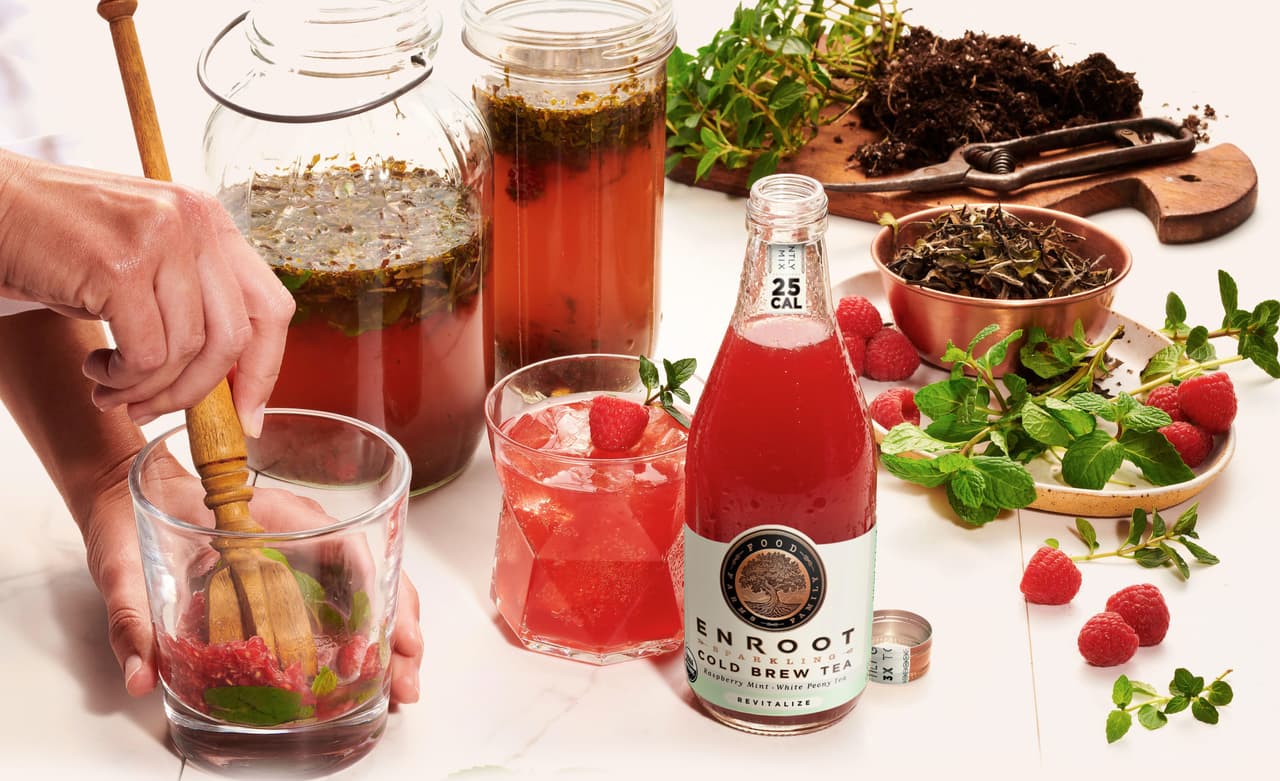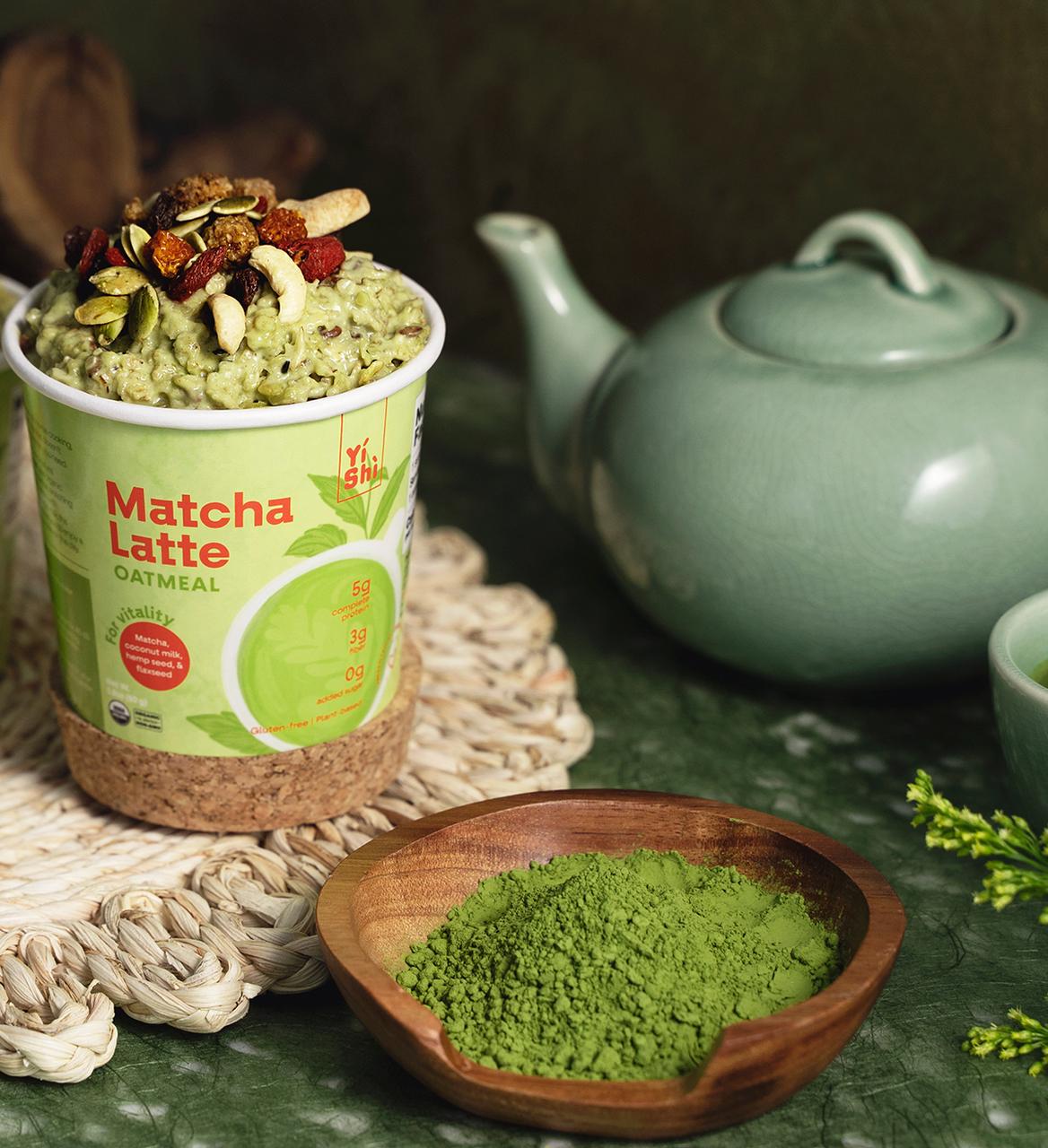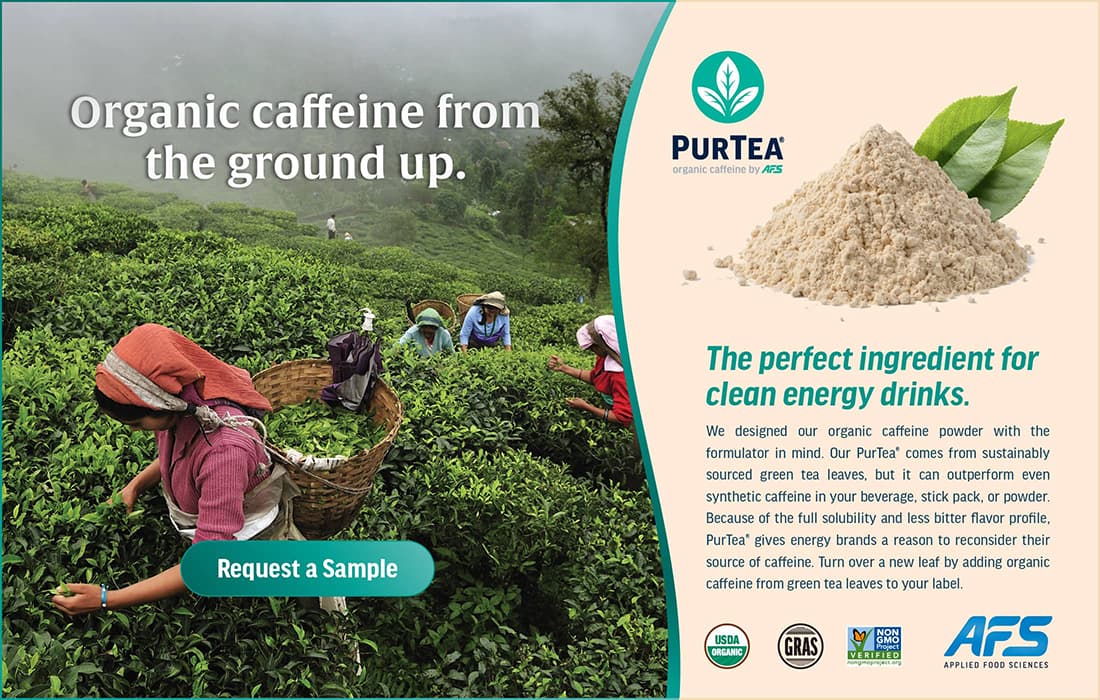Time for Tea
CULINARY
creations
PART 1
Across the globe, drinking tea is second only to enjoying a glass of water. In 2020, according to the Tea Association of the US, American consumers drank more than 84B servings of tea. Tea’s future is also bright; today, US retail market sales for all forms of tea are around $13B. And those numbers are considerably magnified when you count all the beverages that consumers call “tea.”
Technically, true tea only includes what is derived from the leaves and flower buds of the Camellia sinensis shrub. Herbal teas and similar botanical beverages are not true teas. Herbals are made from bark, fruit, flowers, leaves, roots, and seeds.
According to a 2021 Mintel Food and Beverage report, top consumer trends are well-being, quality and flavor no matter the price, and "unity through food." Beverage developers have been eager to capitalize on these trends, and for good reason: Tea and tea-like beverages fit perfectly within the trends and reflect centuries of tradition.
By LYNN TOWNSEND, Contributing Beverage Editor
Photo courtesy of: Getty images / FCAfotodigital
Tea and tea-like beverages, especially those with better-for-you enhancements, are flooding the marketplace.

Great teas are brewing in the marketplace as drink crafters expand the boundaries of this ancient beverage. Photo courtesy of: Enroot Organics, PBC
Along with their nutritional and nutraceutical properties, tea beverages conform to a full range of price points, flavors, and occasions that bring a pleasurable experience for diverse groups.
Grown primarily in Asia, especially China and India, Camellia sinensis is to this day often harvested by hand. The tender leaves and buds are then processed in a variety of ways. For example, green tea is gently heated to minimize oxidation. For black tea (orange pekoe is a type of black tea), the leaves are fully oxidized with heat. Oolong tea involves a complicated, multi-step process. White tea is minimally processed and preferably dried without heat. These are just a few of the many types of—and processing methods for—true teas.
Tea as a flavor
Tea extracts are flavors sourced from tea. According to a Markets and Markets report, the tea extract market will reach $3.8B by 2025, with green tea extracts leading the pack for beverages and other applications. Tea powders are dried tea leaves that range in granulation size. Tea powder particle size impacts flavor and solubility.

The green tea powder matcha has been used as a popular flavor and vivid green food color while contributing beneficial phytochemicals. Photo courtesy of: Crave Natural, LLC/Yishi Foods
Sensationally functional
Tea has inherent functional benefits, including powerful antioxidant compounds such as polyphenols, catechins, flavonoids, anthocyanins, L-theanine, and caffeine. When balanced correctly, these components deliver not only on health but on product outcomes. They add refreshing notes to better-for-you beverages, ready-to-drink teas, functional waters, sparkling teas, seltzers, hard seltzers, cocktails, and mixers. Developers have limitless options for employing functional blends that address cognitive health, gut health, natural energy, stress relief, and relaxation. Tea concentrates and flavorants can take these healthful compounds beyond beverages into baked goods, glazes, ice creams, curry bases, soups, cereals, and snack bars.


The tea extract market is forecast to reach nearly $4B in sales over the next several years, with green tea extracts the primary ingredient in the category.
Concentrates are a double-strength brew. These brews are used in smaller amounts or diluted to regular strength before use as a beverage. Although they are used as flavorants, they can impart bitterness and need to be balanced with other ingredients to ameliorate any undesired flavor notes. Tea syrups are tea made with sugar, then concentrated. The sugar and tea flavors mix at specific levels for easy reconstitution. Syrups typically are sold at retail as a “just-add-water” ingredient.
The fine Japanese green tea powder known as matcha is the most common tea flavor used in food products and still is enjoying strong popularity more than a decade after it exploded onto the Western food and beverage scene. However, other tea flavors increasingly are finding their way into such products as candies, confections, and bakery. Other teas have excellent flavor profiles that make them attractive to product developers. Smoked teas, such as the aforementioned oolong, Keemun, and lapsang souchong, work particularly well in savory formulations such as sauces, stews, and condiments.
End of Part 1
August 2021

